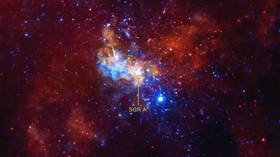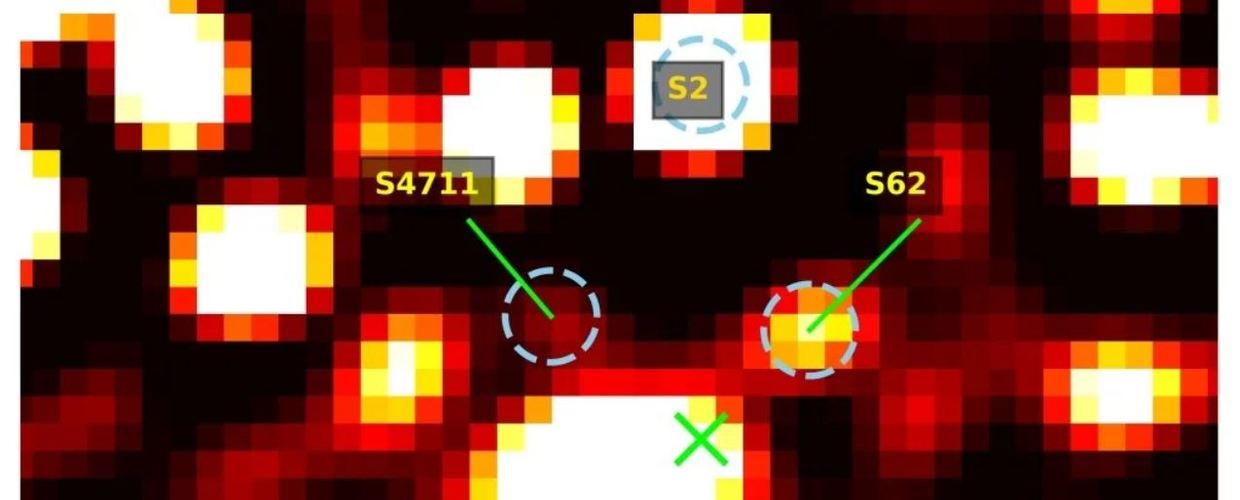Fastest star in Milky Way powered by supermassive black hole at center of galaxy

Scientists have discovered a once-theoretical type of star called a ‘squeezar’ orbiting the supermassive black hole at the center of our galaxy at roughly eight percent the speed of light.
The newly discovered star, called S4714, is one of five such squeezars discovered by astrophysicist Florian Peissker of the University of Cologne in Germany and his team.
These so-called ‘S’ stars were first proposed by astrophysicists Tal Alexander and Mark Morris in 2003 but had never been detected until now.
This group of stars comes closer to the colossal black hole Sagittarius A* (Sgr A*) than any other star we’ve ever encountered, all while pushing the boundaries of physics, being squeezed by the tidal forces of the black hole’s immense gravity on their looping elliptical orbits.

The previous record holder star is called S2, and boasts a 16-year orbit that brings it within around 18 billion kilometers of the gigantic black hole at an incredible three percent the speed of light.
However, Peissker and his colleagues found a fainter but closer star dubbed S62, with a 9.9-year orbit that comes within 2.4 billion kilometers of Sgr A*, or closer than the average distance between Uranus and the Sun.
The gravity at this distance propels the star to 20,000 kilometers per second (12,400mps), or 6.7 percent of the speed of light.
Also on rt.com Star proves Einstein’s theory as it orbits supermassive black hole in stunning ‘SPIROGRAPH’ pattern (VIDEO)However, the clear winner is S4714, which tops out at eight percent of the speed of light or 24,000 kilometers per second (15,000 miles per second), pushing the boundaries of escape velocity from the black hole, without ever managing to actually break free from the behemoth’s grasp.
It only ever manages to make it back out to 250 billion kilometers from the black hole before being dragged back in for its next squeeze. It will, mercifully, one day be annihilated by the black hole, but not for many years, during which its unusual orbit will be studied by future generations of astronomers and astrophysicists in painstaking detail.
Think your friends would be interested? Share this story!













